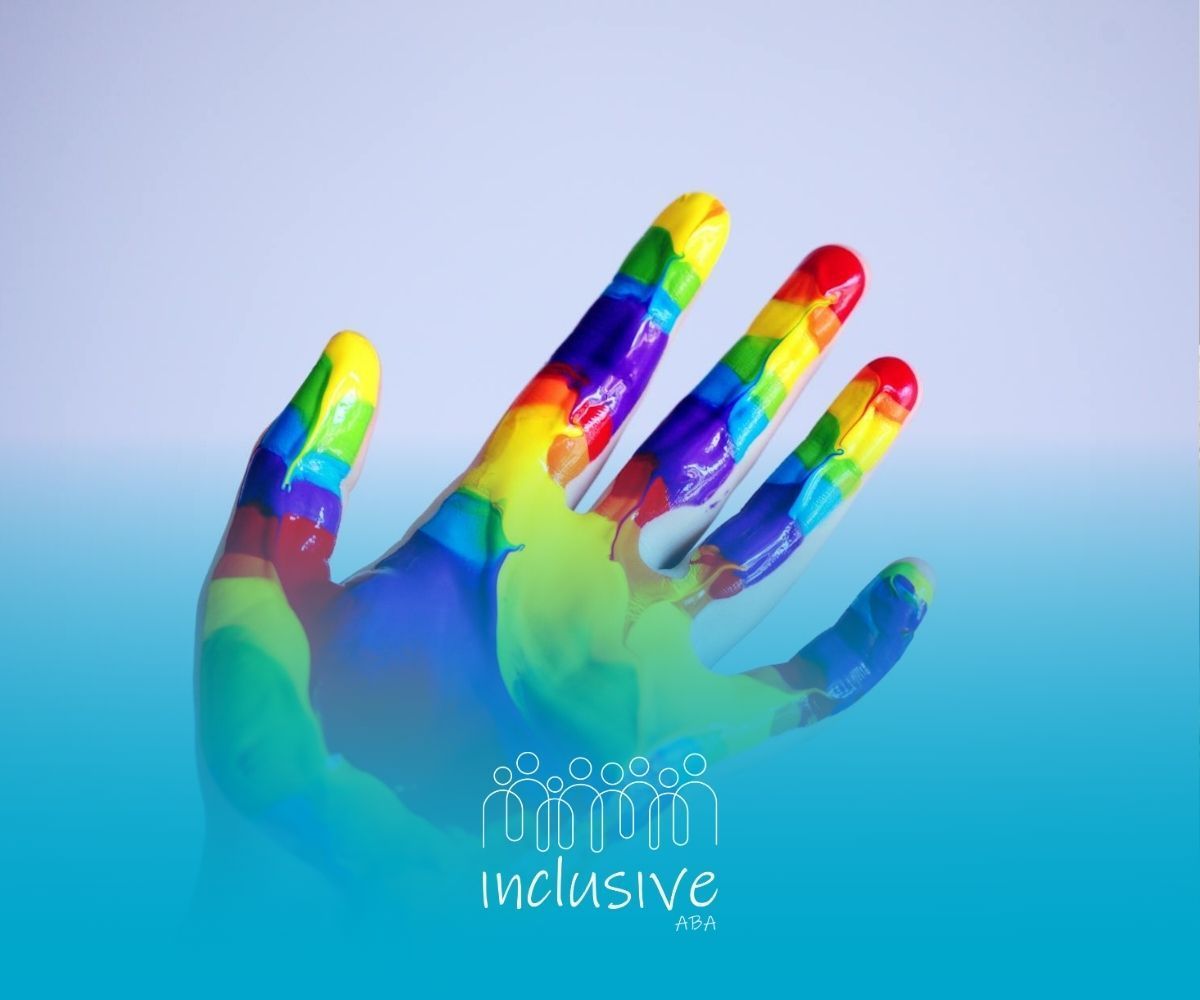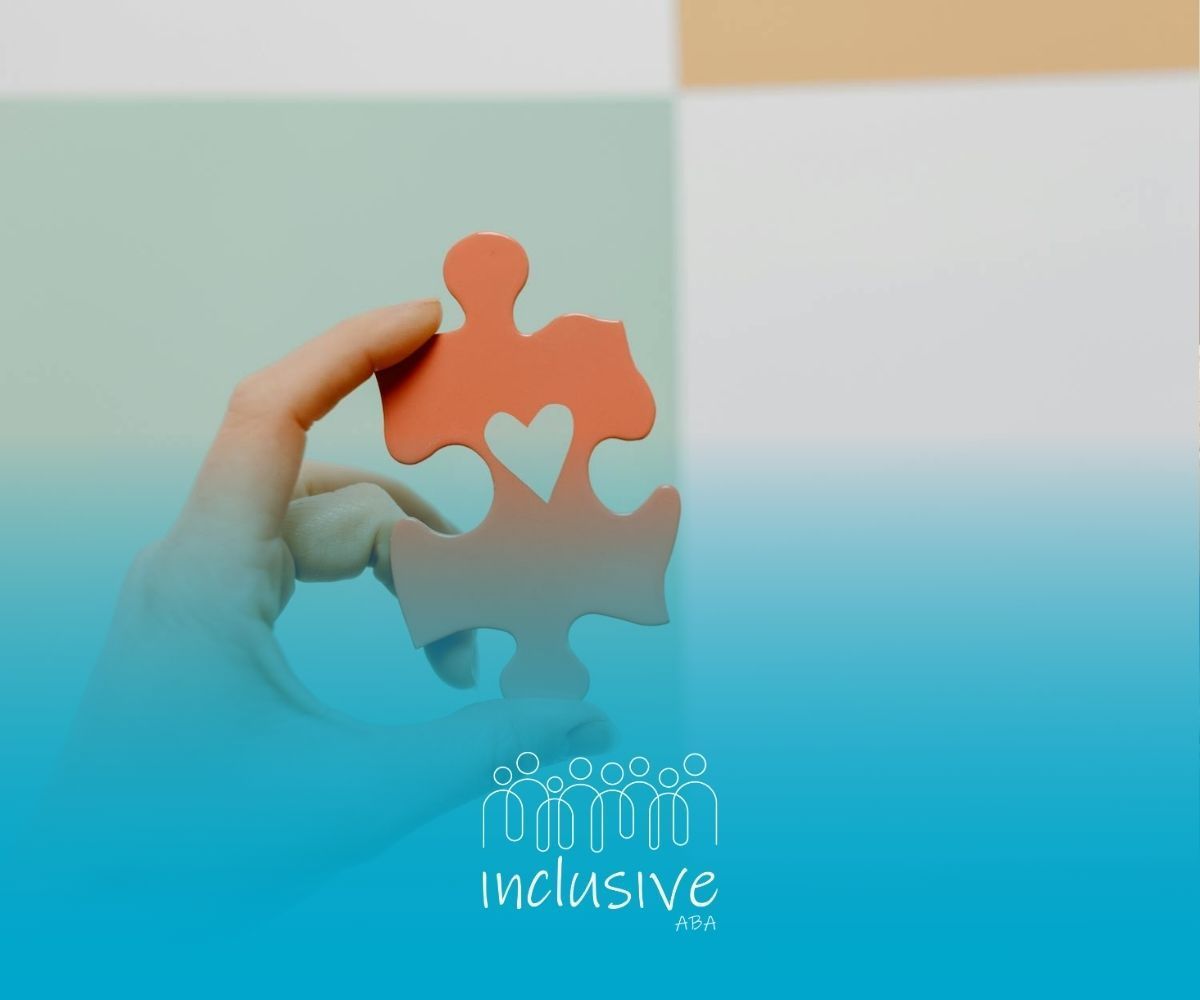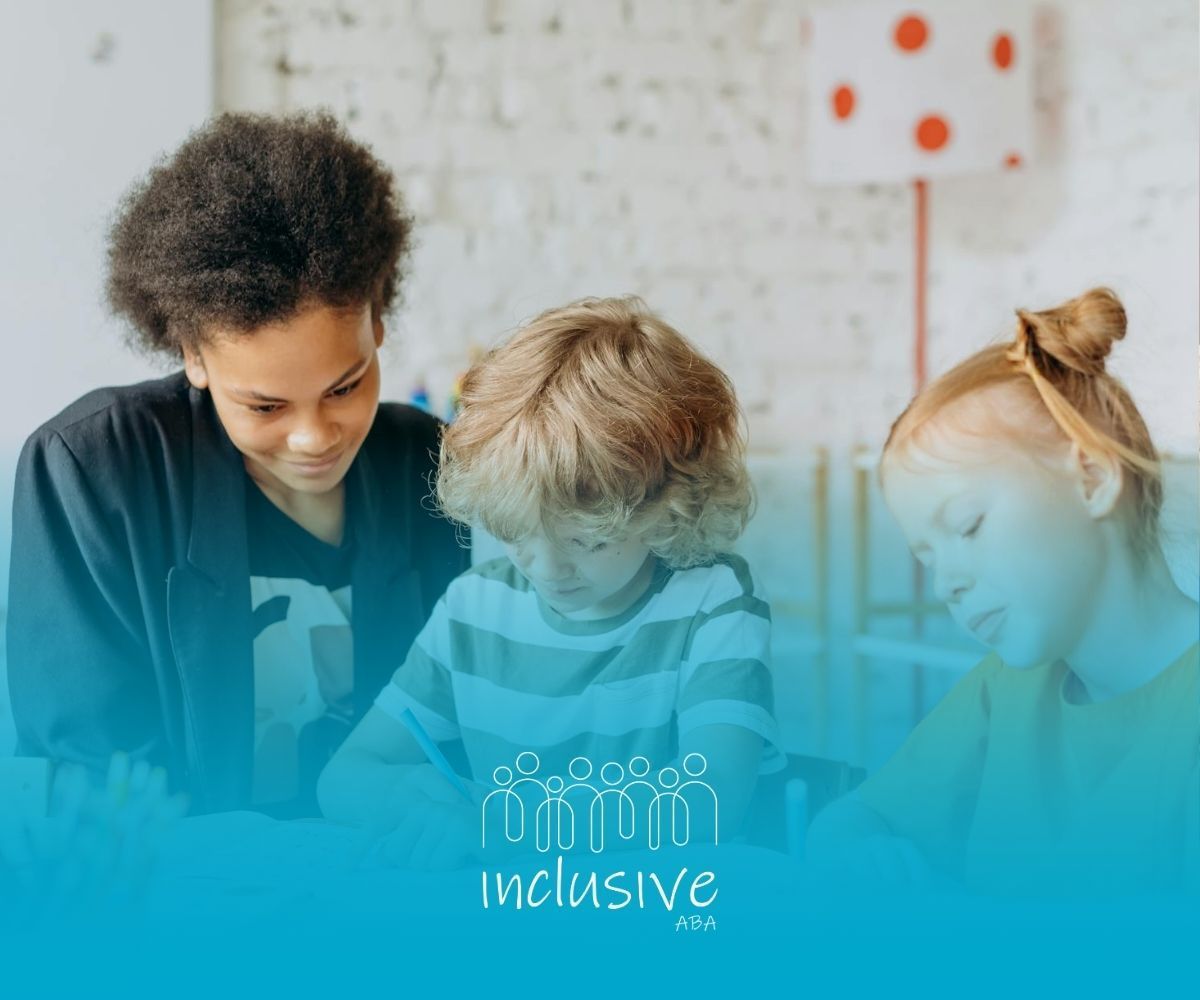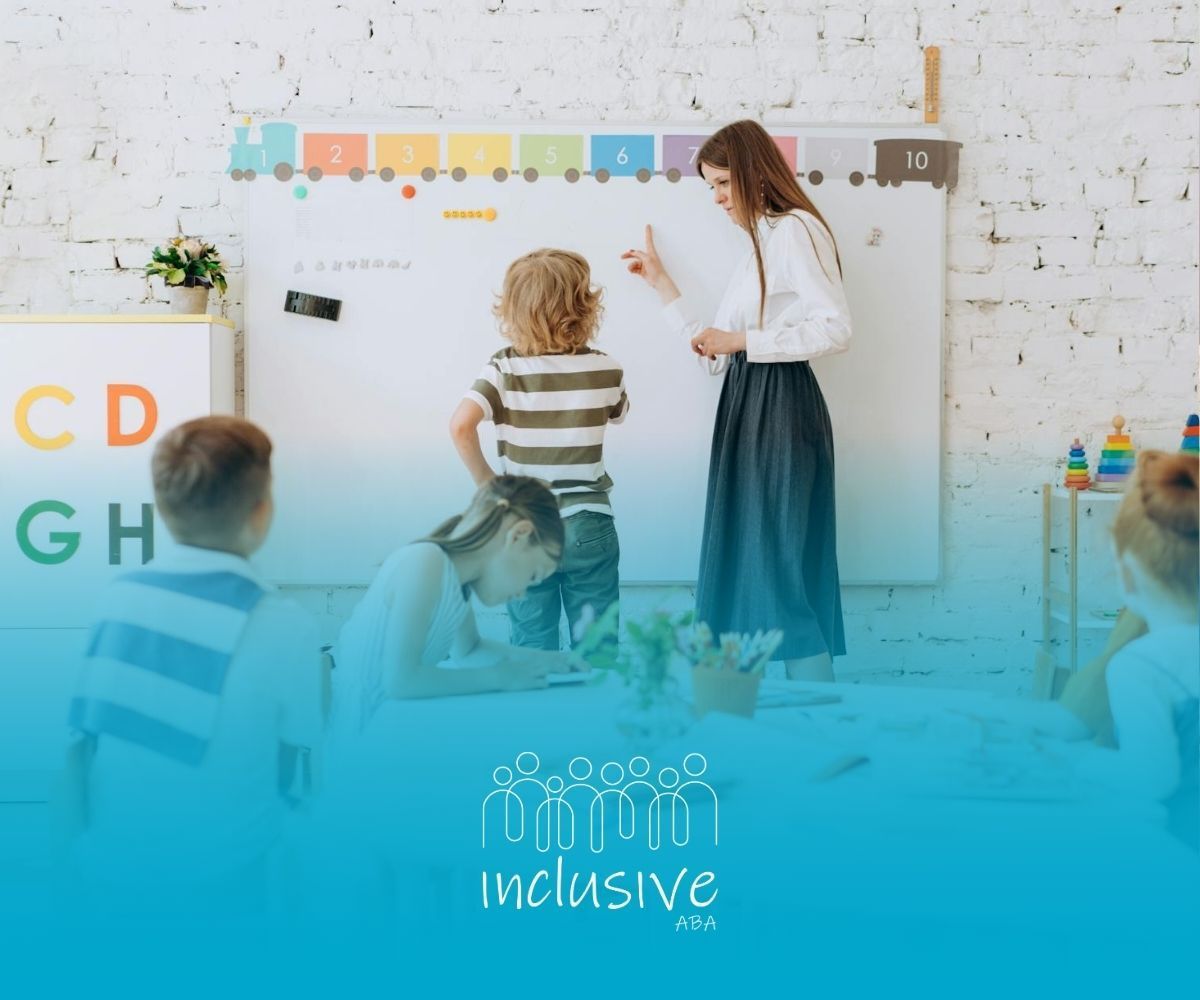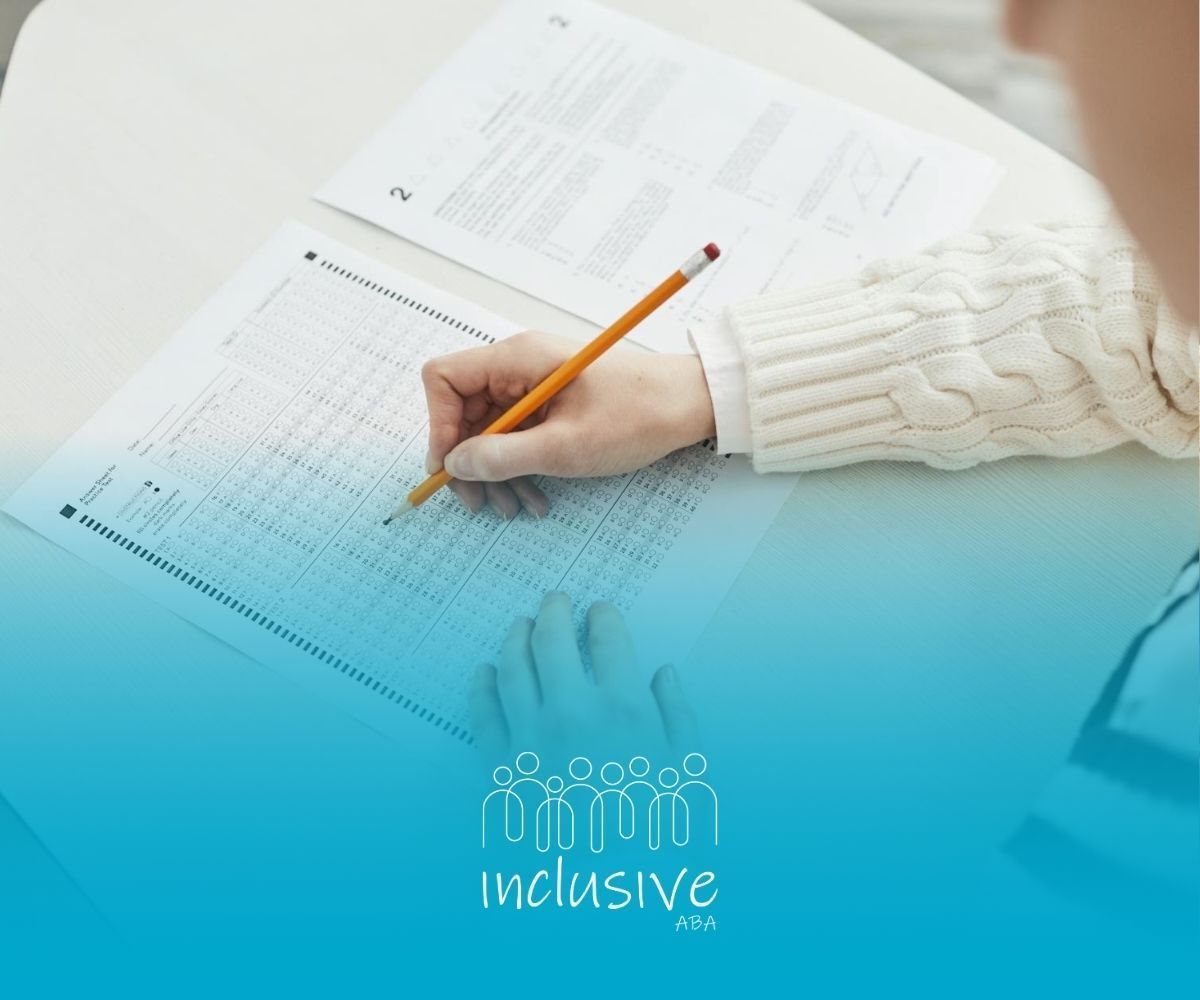How ABA Therapy for ADHD Can Transform Lives
Key Highlights
- ABA therapy effectively addresses ADHD symptoms by using evidence-based strategies such as positive reinforcement.
- It improves social skills, task completion, impulse control, and overall daily functioning.
- Individualized treatment plans allow ABA therapy to target specific behavioral and cognitive challenges in ADHD.
- Techniques like structured routines, visual aids, and clear instructions benefit both children and their families.
- Research highlights significant improvements in ADHD symptoms when ABA therapy is used alone or alongside other treatments.
- ABA therapy empowers individuals to reach their full potential through skill-building and behavior modification.
Introduction
Applied Behavior Analysis (ABA) therapy is a good way to manage Attention Deficit Hyperactivity Disorder (ADHD). It focuses on behavioral therapy and helps with main ADHD symptoms like hyperactivity, inattention, and impulsivity. ABA uses structured and proven methods. It builds skills step by step and uses positive reinforcement to encourage kids to change their behavior. This therapy works well at home, in school, or in clinics. ABA therapy is a helpful tool that can create real improvements in managing ADHD.
Exploring the Basics of ABA Therapy
ABA therapy is not just a standard method that works for everyone. It gives a deep and scientific way to understand behavior and what drives it. By focusing on specific behavior issues with customized techniques, it helps create long-lasting changes.
As an essential part of behavioral therapy, ABA therapy uses applied behavior analysis. This means it takes complex behaviors and breaks them down, using proven ideas to plan effective treatments. This section will explain what it is, the basic rules it follows, and the different places where it can make a big difference.
What is ABA Therapy?
ABA therapy, which stands for Applied Behavior Analysis, is an organized way to work with behaviors. Its main aim is to find out what affects certain behaviors and use that knowledge for positive change. Behavioral therapists divide tasks and skills into smaller, easier parts. They use positive reinforcement, a key part of this therapy, to support good behaviors and lessen bad ones.
A key part of ABA therapy is using data to track progress. Applied behavior analysis includes ongoing monitoring through observations and evaluations. This helps ensure that the interventions meet individual needs, whether these come from ADHD, autism spectrum disorder, or other developmental issues.
Unlike general approaches to managing behavior, ABA is tailored to each person. Therapists create specific plans that focus on goals to make lasting changes in behavior. This customization makes it a great choice for addressing ADHD symptoms in ways that truly help every child.
Core Principles of ABA Therapy
At its core, ABA therapy focuses on key ideas that help people make positive changes. Positive reinforcement is a key part of this. When individuals follow directions or finish tasks, they receive praise, tokens, or rewards. This encourages them to keep doing these good actions.
Another important idea is differential reinforcement. This means giving more attention to good behaviors while giving less attention to bad ones. For example, if a child raises their hand before they speak instead of interrupting, this action gets praise. Over time, this helps them respond in a better way.
ABA therapy also aims to replace negative behaviors with positive ones. This change happens slowly through constant reinforcement and practice. This helps individuals develop habits that are useful in their daily lives. When these principles are used well, they assist children with ADHD to lower problem behaviors and build important skills that they can use as they grow up.
How ABA Therapy is Applied in Different Settings
ABA therapy can change to fit different settings, making sure its methods meet real-life needs. In clinics, it uses structured help to focus on specific behavior goals with the support of therapists. Children practice tasks many times until they can do them well, which helps them make steady progress.
In schools, ABA therapy works on boosting social interactions and schoolwork productivity. For instance, it helps kids manage their tasks, stick to a structured routine, and join in the classroom activities. Visual schedules and token rewards can help make it easier for kids to switch between tasks and stay focused.
At home, therapists work with families to carry on learning in everyday life. Parents can use ABA techniques to help their kids with daily activities like getting ready in the morning or eating meals. This helps skills learned in therapy fit into children's daily lives, providing a steady way for them to grow behaviorally.
The Effectiveness of ABA Therapy in Treating ADHD
ABA therapy is now well-known for helping with ADHD symptoms. Studies show it brings significant improvements in focus, self-control, and organization. This success comes from the therapy's focus on positive reinforcement and personalized plans.
By encouraging positive behaviors with structured routines and skill-building, ABA therapy does more than just reduce problem behaviors. It also teaches important skills that help in everyday life. This makes it a great choice for ADHD treatment at home and school.
Research-Backed Benefits of ABA for ADHD
Research shows that ABA therapy is effective for treating ADHD. Studies from the National Institute of Mental Health reveal that people who go through ABA therapy often make significant improvements. They see better attention spans, self-control, and success in sticking to routines.
These gains come from the therapy focusing on positive reinforcement and tracking progress. For instance, giving rewards for completing tasks on time helps build self-discipline over the long run. ABA also includes visual aids and planning tools. These tools help improve focus and time management.
Therapists adjust ABA plans to meet each child's needs. This approach aims for the best outcomes in areas like school, social skills, and managing emotions. In the end, these methods help children with ADHD lower problem behaviors and learn important life skills. This gives them a clear path to succeed in the long term.
Case Studies: Success Stories and Outcomes
The effect of ABA therapy on ADHD can be shown with real-life stories. Let’s see how this therapy changes lives:
| Name | Age | Key Challenges | ABA Outcomes |
|---|---|---|---|
| Ethan | 7 | Hyperactivity, focus | Improved task completion, impulse control |
| Sophia | 9 | Inattention, social skills | Built meaningful relationships, enhanced focus |
| Liam | 11 | Behavior outbursts | Reduced aggression, better peer interactions |
For Ethan, positive reinforcement helped him stay focused on his schoolwork. Sophia learned structured routines, which gave her confidence in social situations. Liam, who had many outbursts at first, used ABA’s differential reinforcement to replace aggressive behaviors with peaceful ones.
These success stories show how tailored support allows children with ADHD to reach their full potential and do well in school and social life.
How ABA Therapy Improves Daily Functioning
Improving everyday skills is a major benefit of ABA therapy for kids with ADHD. When kids focus on finishing tasks, they better understand what needs to be done and how to do it on time.
For example, ABA techniques use set routines. This helps children handle changes between schoolwork and home tasks more easily. They learn time management skills with visual schedules and smaller tasks, which makes big activities feel less overwhelming.
ABA also focuses on teaching important skills in helpful ways. Parents and caregivers can use these methods to create a supportive and positive home. With regular praise, kids slowly start to adopt these behaviors. This leads to better focus, organization, and control of emotions in their daily lives.
Key Techniques Used in ABA Therapy for ADHD
Applied Behavior Analysis (ABA) therapy uses different techniques to help with the challenges of Attention Deficit Hyperactivity Disorder (ADHD). One main method is positive reinforcement. This means that individuals get praise or rewards for showing good behaviors. This helps them build positive habits. Another technique is discrete trial training. This method breaks down tasks into smaller steps, making it easier to learn new skills. Parent management training is also important. It gives caregivers useful tips to create a consistent and structured environment. This can improve behavior and help develop social skills.
Positive Reinforcement Strategies
Rewarding good behaviors through positive reinforcement is an essential part of applied behavior analysis (ABA) for helping with ADHD symptoms. Using methods like verbal praise, token systems, or small rewards, teachers and therapists can boost good behavior. At the same time, this helps to reduce problem behaviors. These methods increase motivation and improve the child’s attention span. They also help children finish tasks better. By giving clear instructions and consistent reinforcement, children can learn and repeat appropriate behaviors. This leads to lasting changes in behavior and helps them reach their full potential both socially and academically.
Role of Behavioral Contracts
Using behavioral contracts in ABA therapy can greatly improve how well interventions work for children with ADHD. These contracts clearly state what behaviors are expected and what happens if those expectations are met or not. This creates clarity and holds individuals accountable. When parents and children work together to create these contracts, it helps everyone focus on positive behaviors. This teamwork boosts motivation and a sense of ownership. Moreover, behavioral contracts play a key role in helping children complete tasks and control impulses. This guidance can help individuals reach their full potential in daily life.
Implementing Structured Routines
Creating structured routines is very important for children with attention deficit hyperactivity disorder. Routines provide predictability, which can lower anxiety and help with task completion. When caregivers use consistent schedules, they can encourage positive behaviors and better impulse control. Using ABA techniques, like task analysis and discrete trial training, can support these routines by breaking tasks into smaller steps. This method not only helps children build essential skills but also allows them to handle everyday life more easily. As a result, it can lead to significant improvements in their behavior.
Addressing Behavioral Challenges in ADHD with ABA
Addressing behavior issues in ADHD using ABA highlights the need for custom solutions. Methods like discrete trial training and task analysis help kids build essential skills while cutting down on impulsive and disruptive behaviors. Positive reinforcement encourages good actions and helps shift focus toward positive behaviors. Boosting focus and attention often needs structured routines and clear instructions. This approach helps children take part in their environment meaningfully. Parent training is also key. It helps caregivers reinforce these strategies, making sure there is consistency. This encourages social skills that are important for forming meaningful relationships and achieving the best outcomes in everyday life.
Techniques for Reducing Impulsive Behavior
Using techniques to reduce impulsive behavior is very important in ABA therapy for ADHD. One good method is discrete trial training. This method gives clear instructions, helping children practice self-control in organized settings. Another strategy is differential reinforcement. This approach rewards good behaviors and gives less attention to impulsive actions. Also, task analysis helps break tasks into smaller steps, making it easier for the child to focus and finish them. All these strategies help improve impulse control, which supports better social skills and overall behavior.
Strategies for Enhancing Focus and Attention
Using organized routines can greatly help kids with ADHD focus better. Techniques like task analysis can split big tasks into smaller, easier parts. This makes task completion much better. Giving clear instructions and using visual aids can help kids understand and get more involved. Adding positive reinforcement for good behaviors keeps attention steady and turns messy moments into successful learning times. Custom behavioral interventions that match a child's strengths can promote essential skills and create a supportive environment. This leads to better concentration in school and social situations.
Developing Social Skills Through ABA
Social skills development is very important in ABA therapy. It helps children with ADHD by focusing on their challenges. Techniques like role-playing and social stories can teach them how to interact properly and improve their communication skills. Using positive reinforcement makes it easier for children to try these new skills. This helps them deal with social situations more confidently. Also, regular feedback from ABA therapists helps to improve social behaviors. In the end, this fosters good relationships and supports better ADHD symptoms in everyday life.
Integrating ABA Therapy with Other ADHD Treatments
Combining different treatments for Attention Deficit Hyperactivity Disorder (ADHD) often brings the best results. Using ABA therapy along with medication can make it work better, especially for impulse control and attention span. Working together with healthcare professionals, families can make treatment plans that include behavioral therapy and cognitive behavioral therapy. This way, the plans can address a child's behavioral issues in a complete way. By adjusting these treatments to each child's needs, kids can build essential skills and learn appropriate behaviors for everyday life. With good planning and advice, families can help the child reach their full potential.
When to Combine Medication with ABA Therapy
Combining medication with ABA therapy can really improve treatment for ADHD symptoms. When behavioral interventions do not help with attention span and impulse control, healthcare professionals might suggest working together. Stimulant medications can help manage problematic behaviors. Meanwhile, ABA techniques can encourage positive behaviors through routines and positive reinforcement. This combined approach meets immediate needs and helps build essential skills. This way, people can reach their full potential in everyday life and social interactions.
Collaborative Treatment Plans: ABA and Other Therapies
The connection between ABA therapy and other treatments is helpful in managing ADHD symptoms. A treatment plan that works together includes behavioral therapy, cognitive behavioral therapy, and medication. This mix lets healthcare professionals create treatment that fits the child’s specific needs. It also helps children develop essential skills and improve their behavior. By keeping communication open between ABA therapists and other experts, families can better handle their child’s challenges. This teamwork sets up a good path for building meaningful relationships and helping with task completion in everyday life.
The Importance of a Tailored Treatment Approach
Every child with attention deficit hyperactivity disorder (ADHD) has unique challenges. This shows us that treatment should be specially adjusted for each child. Customized methods, like applied behavior analysis (ABA), focus on specific ADHD symptoms. They pay attention to the child’s strengths and needs. By working on problematic behaviors and boosting positive behaviors, ABA therapists can help children improve their social skills and impulse control. This personal approach not only makes treatment more effective but also helps kids develop essential skills. These skills can empower children to reach their full potential in everyday life.
Overcoming Common Misconceptions About ABA Therapy
Addressing misunderstandings about ABA therapy is important for understanding how it helps with ADHD. People often think of it as strict and structured. In reality, ABA therapy focuses on being flexible and meeting each child’s individual needs. This helps them build essential skills in a supportive atmosphere. It is also key to know the difference between ABA's use for ADHD and its application for autism spectrum disorders. Understanding these differences shows how effective ABA therapy can be in building positive behaviors and improving social skills for children with attention deficit hyperactivity disorder.
Addressing the Criticisms of ABA Therapy
Many people criticize ABA therapy because they misunderstand its methods and goals. Some believe the approaches are too strict or worry about how behavior modification works. But, there is strong proof from the National Institute of Mental Health showing that ABA techniques really help create positive behaviors and skills. By adding assessments and making changes to the plans regularly, therapy can be more personalized for each child. Focusing on ethical practices and involving parents allows ABA therapy to adapt to individual needs. This helps clear up myths and supports children in reaching their full potential.
Clarifying the Role of ABA in ADHD vs. Autism
Applied Behavior Analysis (ABA) plays important roles in helping those with Attention Deficit Hyperactivity Disorder (ADHD) and Autism Spectrum Disorder (ASD). ADHD usually shows up as impulsivity, hyperactivity, and problems with attention. ABA therapy aims to improve self-control and positive behaviors in these cases. For autism, ABA focuses on building communication skills and better social interactions. By adjusting ABA techniques for each condition, healthcare professionals can make therapy more effective. This way, individuals get the right behavioral interventions for their specific challenges and strengths. This careful approach leads to real improvements in everyday life.
Ethical Considerations in ABA Therapy
Navigating the ethics of ABA therapy means putting the dignity and rights of individuals with ADHD first. It's important to have informed consent, which means healthcare professionals must be clear about treatment goals and methods. Parents and guardians should be involved in the process. This helps with collaboration and makes behavioral interventions more effective. Additionally, we should respect the child's autonomy. This means encouraging them to participate in decisions and skill learning. In the end, these ideas support best practices in ABA therapy. They help protect human rights while allowing for real progress.
Conclusion
Switching to a new way of managing ADHD, ABA therapy shows how well it can work with personalized methods. By using behavioral techniques like positive reinforcement and set routines, people can see big improvements in everyday life. Working together with healthcare professionals to make a complete treatment plan also helps to get better results. This teamwork builds essential skills and strong social interactions. When we understand and use these methods, people with ADHD can reach their full potential. They can also create meaningful relationships, leading to a brighter future for everyone involved.
Frequently Asked Questions
What age group benefits most from ABA Therapy for ADHD?
ABA therapy for ADHD is very helpful for kids from 2 to 12 years old. Starting early can really improve their behavior and learning. By customizing strategies for this age group, we can build essential skills. This way, we set a strong base for their growth in the future.
How long does it typically take to see results from ABA Therapy?
Results from ABA therapy for ADHD can change based on each person's situation. This includes how severe their symptoms are and how consistently they follow the treatment. Usually, people may see clear improvements in just a few weeks to several months. This highlights the need for patience and continued support.
Can ABA Therapy be conducted at home?
ABA therapy can be done at home. This allows for support that is tailored to each person in a comfortable setting. When therapy happens at home, it can help keep things stable and make learned skills stick better. It also helps families learn to encourage positive behaviors and work together with therapists.
How do I know if ABA Therapy is right for my child?
To see if ABA therapy is right for your child, look at their needs and behavior issues. Talk to experts who know about ADHD. Check how ABA techniques fit with your child's way of learning, their personality, and how your family works together for the best outcome.
Is ABA Therapy covered by insurance in the United States?
Many insurance plans in the United States pay for ABA therapy for ADHD. This is because it is seen as medically necessary. However, the coverage can be different in each state and with different providers. It is important to check the specific details and requirements of your policy with your insurance company. Always look for any copayments or limits.
SOURCES:
https://www.webmd.com/mental-health/what-is-applied-behavior-analysis
https://my.clevelandclinic.org/health/treatments/25197-applied-behavior-analysis
https://www.icanotes.com/2022/06/15/aba-therapy-for-adhd/
https://manhattanpsychologygroup.com/MPG-blog/applied-behavioral-analysis-aba-as-a-treatment-for-adhd/
https://www.mentalyc.com/blog/aba-therapy-for-adhd
https://gsep.pepperdine.edu/blog/posts/debunking-7-common-myths-about-aba-therapy.htm




